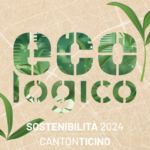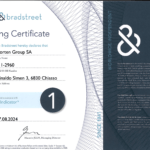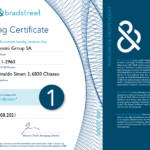Each perfected export (see ECS) creates a VAT credit from the exporter to the state. On balance, this would result in a physical disbursement of money by the state administration to the VAT creditor. To avoid this, the Italian state established the VAT Plafond instrument.
In order to constitute the plafond, one must be a regular exporter, i.e., the amount of exports or similar transactions made in the previous calendar year or in the previous 12 months must be percentage higher than 10 percent of the turnover developed in the same period.
Once you have established that you qualify as a regular exporter, you can choose between fixed and floating ceiling:
– The Fixed Plafond is calculated by adding the amount of unpaid VAT on export and/or in assimilated transactions and accumulated in the previous calendar year. (e.g.: a regular exporter who has accumulated €50,000 VAT plafond in the year 2008 will be able to request in the year 2009 not to pay VAT to his suppliers up to the same amount);
– The Moving Plafond (monthly) is calculated taking into account the transactions made in the previous twelve months. The use of the mobile VAT ceiling involves two conditions:
1) it is necessary to have started the business for at least twelve months;
2) Habitual exporter status must be verified every month.
The use of the ceiling requires the completion of a Declaration of Intent, and in the case of imports a declaration must be completed for each transaction. This declaration must be numbered and dated and cannot be issued on a date later than the date of the customs transaction.
The possibility of using the VAT ceiling and issuing the Declaration of Intent is under the sole discretion and responsibility of the importer. The import declaration should still show the amount of VAT calculated on the taxable value of the goods, but a deduction code should be entered in the customs charge counting box that will set the tax amount to zero.








